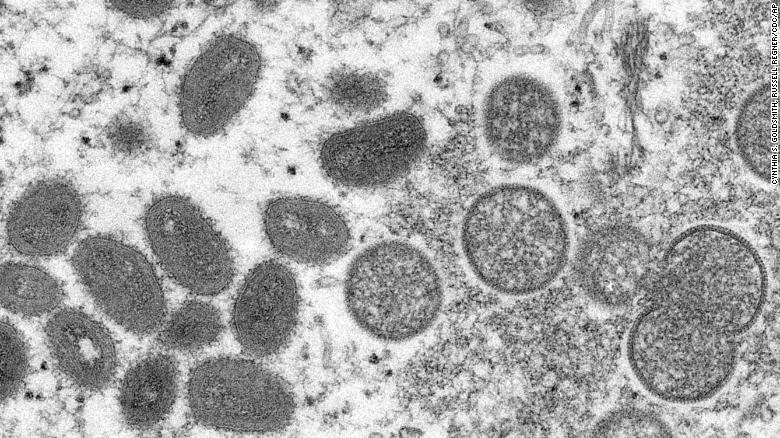Austin Public Health is awaiting results from the Centers for Disease Control and Prevention to confirm a presumptive case of monkeypox in Travis County.
The resident did not require hospitalization and is isolating at home, officials said. Epidemiologists are conducting contact tracing and reaching out to people who had direct close contact with the resident while infectious. It’s believed the person had close contact with someone who had traveled from out of state.
“While the threat of monkeypox remains low, we recommend that all Travis County residents be aware and seek medical care if you believe you have symptoms of the virus,” said Dr. Desmar Walkes, Austin-Travis County Health Authority. “While our local healthcare providers are working with epidemiologists to monitor the virus, the community should continue the hygiene practices we know work such as handwashing and minimizing skin-to-skin contact, especially with those showing rashes or sores.”
Monkeypox is rare and does not spread easily between people without close contact. The virus can spread from person-to-person through:
- direct contact with the infectious rash, scabs, or body fluids
- respiratory secretions during prolonged, face-to-face contact, or during intimate physical contact, such as kissing, cuddling, or sex
- touching items (such as clothing or linens) that previously touched the infectious rash or body fluids
- pregnant people can spread the virus to their fetus through the placenta
Symptoms of monkeypox can include:
- Fever
- Headache
- Muscle aches and backache
- Swollen lymph nodes
- Chills
- Exhaustion
- A rash that can look like pimples or blisters that appears on the face, inside the mouth, and on other parts of the body, like the hands/palms, feet, chest, genitals, or anus.
- The rash goes through different stages before healing completely. This process can take several weeks
There are number of measures that can be taken to prevent infection with monkeypox:
- Minimize skin-to-skin contact, especially if person has been exposed to the virus, showing a rash or skin sores.
- Avoid contact with any materials, such as bedding, that has been in contact with monkeypox.
- Practice good hand hygiene. For example, washing your hands with soap and water or using an alcohol-based hand sanitizer.
- Use personal protective equipment (PPE) when caring for people infected with monkeypox.
- Avoid contact with animals that could harbor the virus (including animals that are sick or that have been found dead in areas where monkeypox occurs).
The CDC is tracking at least 173 monkeypox/orthopoxvirus cases in the U.S. At least five cases are confirmed in Texas.





